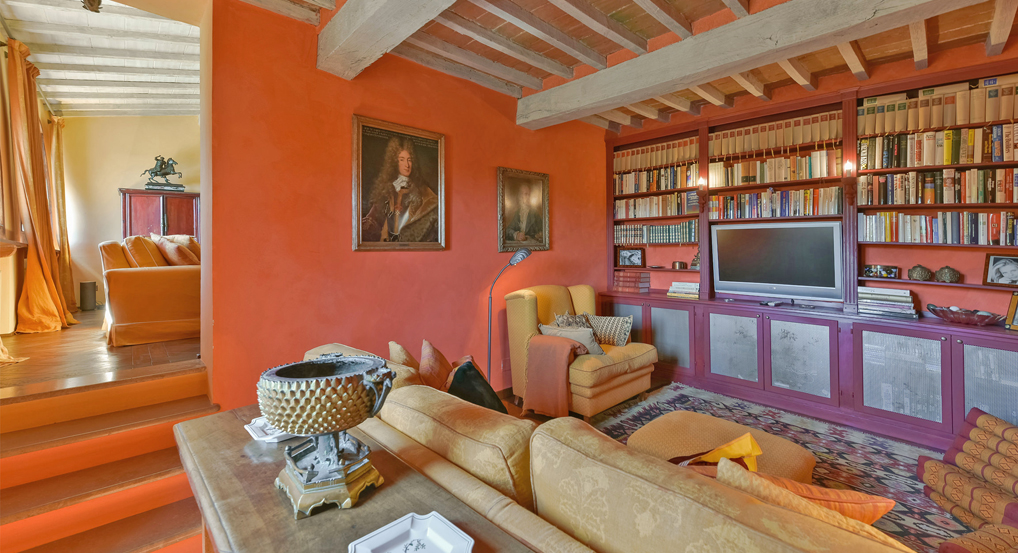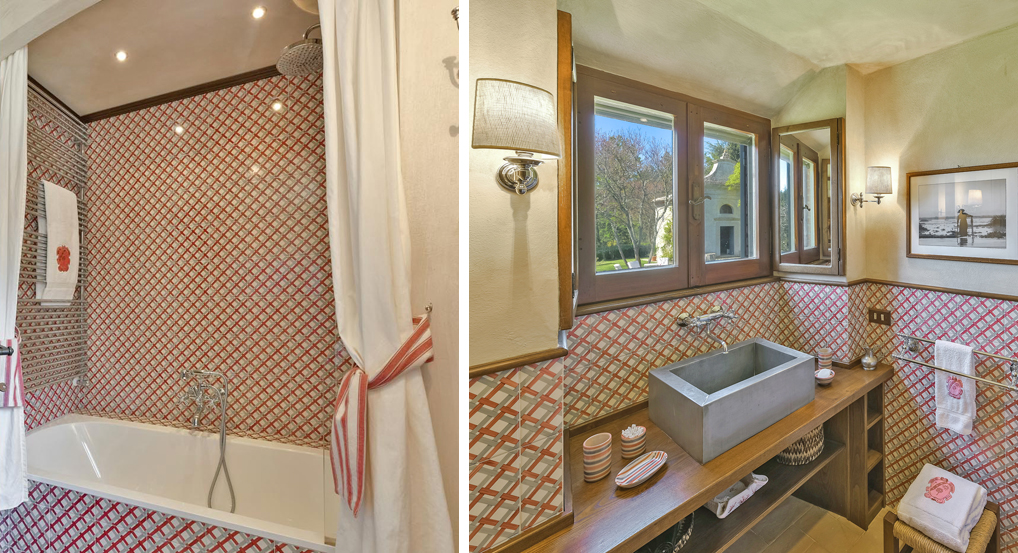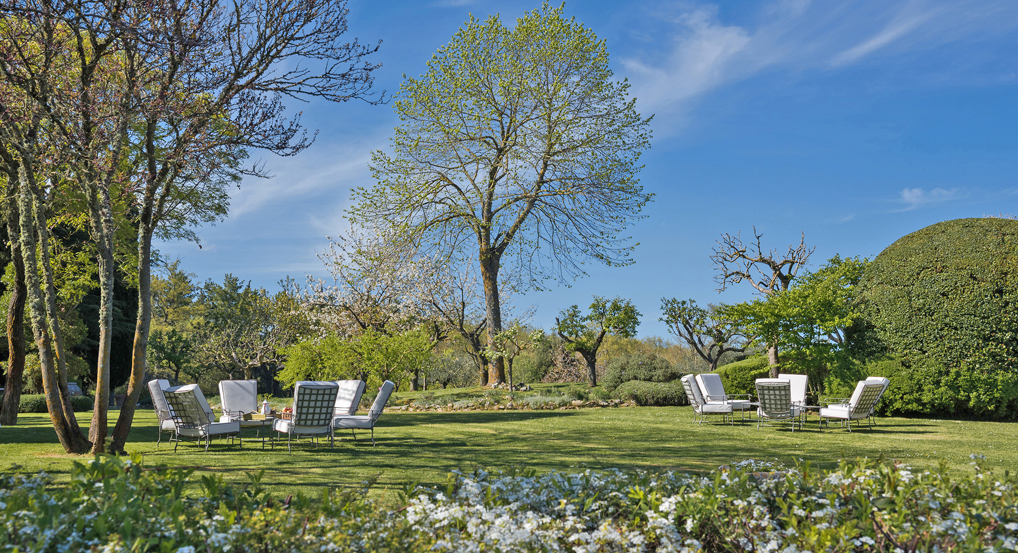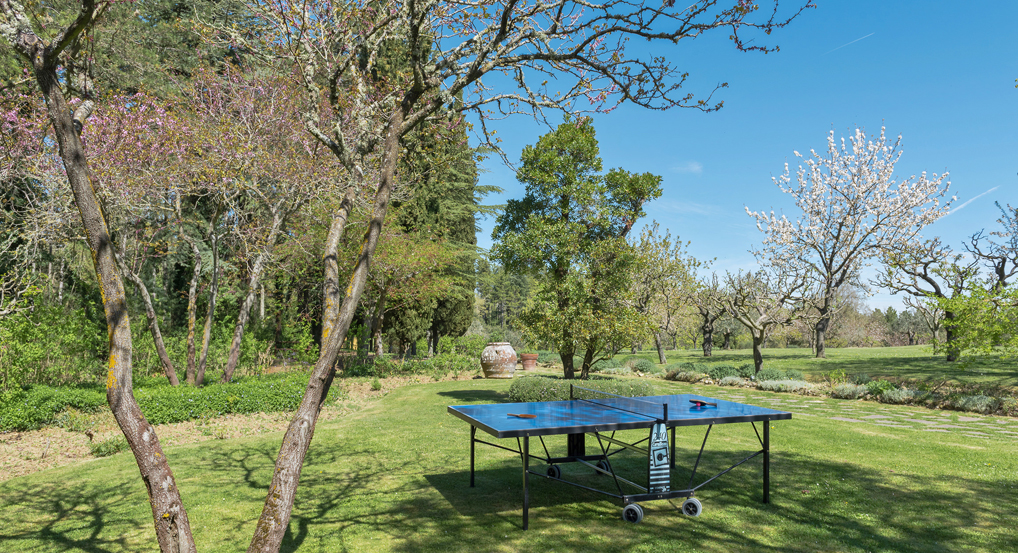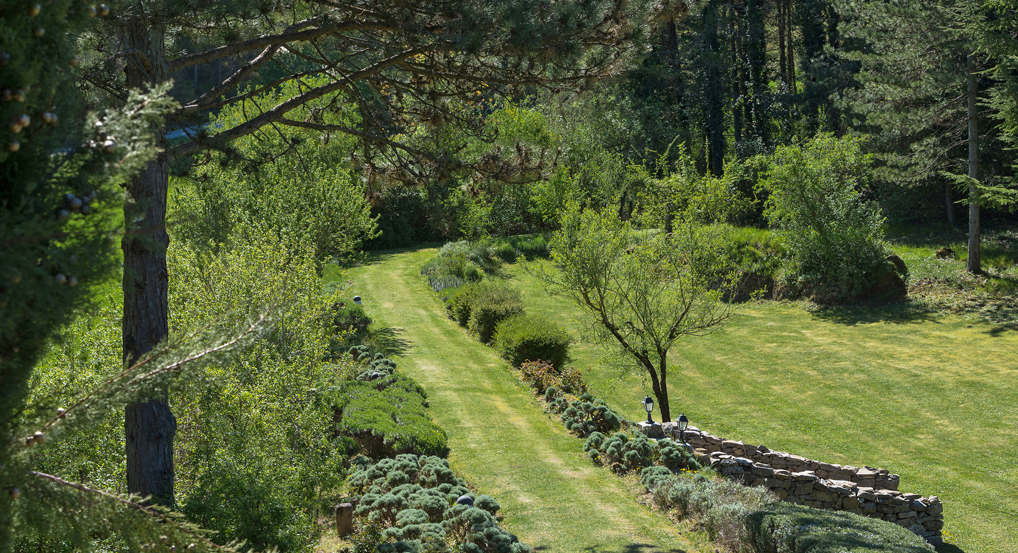• Welcome to the Val D’Orcia: hills outlined by endless rows of cypress trees, majestic castles, thermal spa towns, tiny medieval villages surrounded by olive groves and wine cellars everywhere full of oak and chestnut casks in which to age world class wine. Not surprisingly, the breathtakingly beautiful Val d’Orcia has been the setting for many films. The English Patient was set in Pienza and at the Monastery of Sant’ Anna in Camprena, Romeo and Juliet was filmed in Pienza, scenes from Gladiator feature the Pienza countryside, and Under the Tuscan Sun was filmed in Montepulciano.
• Cetona conserves the characteristic structure a Medieval village, with alleys and narrow streets that spiral through the town, ending at the fortress above. The prehistoric settlement of Belvedere, 4,000 years old, is worth a visit, while the Civic Museum of the Prehistory of Monte Cetona is interesting, conserving artefacts that range from the Paleolithic to the Bronze Age.
• Those needing pampering can chill out at the thermal baths in Bagni San Filippo
• Montepulciano is a graceful Tuscan hill town, best known for it’s Vino Nobile di Montepulciano, which was being praised by connoisseurs over 200 years ago and can certainly contend with Italy’s best today. The many churches and handsome palazzo, the steep cobbled alleys and vine-trailing stone bastions are essential viewing for anyone venturing south of Siena. On a clear day from the top of the town you have tremendous panoramic views across the countryside, stretching towards Assisi’s Monte Subasio, Monte Amiata, the Val d’Orcia, Pienza, and even the towers of Siena: 40 km (1 hr drive)
• Pienza – the unfinished “utopian” city, was commissioned by Pope Pius II in 1459. In just three years the cathedral, the papal and bishop’s palaces and the central part of the town were completed, but the extensive project ended abruptly when Pius died only two years after the consecration of the cathedral: 57 km (1 hr drive)
• San Quirico d’Orcia is a walled village with Etruscan origins. From the 11th century, the village had a rapid growth due to its proximity to the Via Francigena. Most of San Quirico’s fortified walls are still standing, so you must leave the car outside the city walls. Things you shouldn’t miss: the Collegiata: originally, this was an 8th century rural church with a baptismal font rebuilt in the 12th century. The church of Santa Maria Assunta. The Horti Leonini: designed by Diomede Leoni in 1561, this is an example of a symmetrical Italian garden. San Quirico d’Orcia cypress trees: they are the most photographed trees in the world! Madonna di Vitaleta chapel: this is one of the most famous features of the Val d’Orcia and it’s situated just a couple of kilometres outside San Quirico, on a dirt road leading from Pienza to San Quirico d’Orcia.
• The charming town of Bagno Vignoni, in the heart of the Val d’Orcia Park, named a World Heritage Site by UNESCO, developed around a substantial basin well-known for its miraculously curative waters. These springs were highly regarded as far back as written history goes, due in large part to their proximity to the via Francigena pilgrimage route.
• In Perugia, be sure to see the frescoes by local artist Pietro Perugino in the Galleria Nazionale dell’Umbria and in the town hall’s Sala del Cambio. Step back to ancient times at the Etruscan arch and Etruscan well. Enjoy the lively atmosphere at the large fountain, the Fontana Maggiore. Sample the chocolates named for the city. Perugia plays host to international visitors with its acclaimed annual Umbria Jazz Festival, held each July. A wildly popular chocolate festival every October pays homage to the city’s sweet side.
• Montalcino is beautifully situated on a hill inhabited since Etruscan times, swathed in vineyards and olive groves. It is a quiet, affluent, attractive town with pretty buildings and flower-filled squares, and many shops selling the Brunello di Montalcino: 66km (1 hr 15 min drive)








